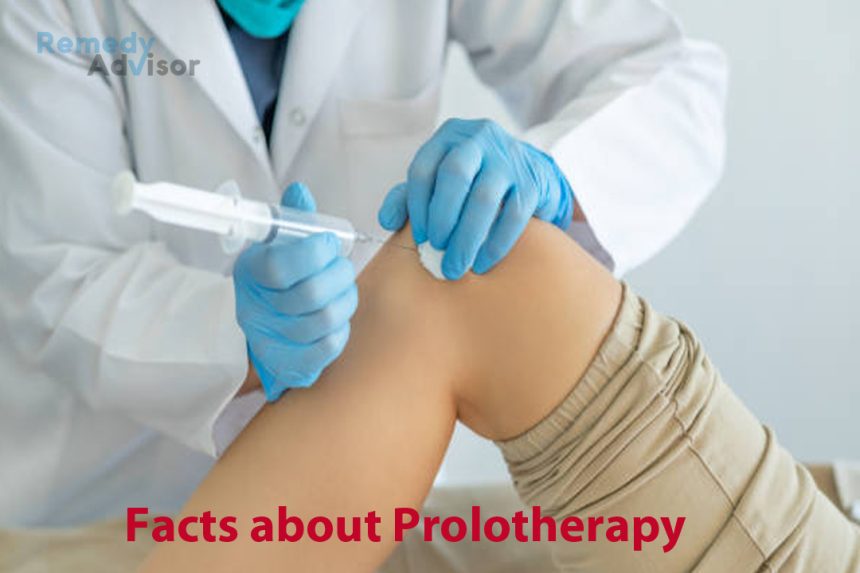Chronic back pain, whiplash injuries to the neck and many other types of musculoskeletal pain that are not alleviated by physical therapy, painkilling medication or chiropractic manipulation can often be controlled via prolotherapy.
In this highly effective but little-known treatment, small amounts of irritant solution usually concentrated glucose are injected into the painful area.
The resulting inflammation promotes growth of collagen, the protein that’s a major component of ligaments, the cable-like structures that hold our joints together.
New collagen growth helps reduce pain and increases joint stability by strengthening the fibrous capsule around joints. It also brings significant improvement in joint mobility.
Many forms of chronic musculoskeletal pain are caused by ligament damage. Car accidents, falls or repetitive movements cause ligaments to loosen and/or tear. Prolotherapy is effective for most ligament-related pain.
Side effects
Prolotherapy patients generally feel fine for four to eight hours after the injections because a local anesthetic is given along with the irritant. The discomfort that usually follows slowly subsides over the next several days.
Many individuals who undergo prolotherapy experience pain, swelling, soreness, temporary stiffness and bruising at the injection site. Fortunately, discomfort can usually be minimized by medication, ice and massage.
Caution: Smoking makes the therapy less effective, as does use of aspirin and other anti-inflammatory drugs.
Precision counts
Most patients need a series of injections over a period of several weeks or months. In some cases, prolotherapy is teamed with other forms of soft tissue treatment such as physical therapy, joint manipulation or acupuncture.
Prolotherapy injections must be given precisely at the junction of a bone and a ligament. Misplaced injections are ineffective and possibly dangerous. If the irritant is inadvertently injected into the spinal canal, for instance, paralysis or even death could occur.
Consequently, prolotherapy injections must be administered only by a clinician thoroughly trained in the technique. Some say that orthopedic surgeons are ideal for administering prolotherapy injections. That’s because they have a thorough knowledge of the location of ligaments and muscles.
Finding a prolotherapist
Only about 300 orthopedic physicians and osteopaths in the US and Canada currently use prolotherapy in their practices.
Among these practitioners is former Surgeon General C. Everett Koop, MD. He began using prolotherapy himself in the early 1960s, after another doctor used it on him to cure the once-intractable pain in his neck and arm.
Insurance coverage
One prolotherapy session costs $73 to $300. The number of sessions needed depends upon both the severity of the pain and the patient’s response to the treatment.
Some major health insurance companies now cover prolotherapy. Others decline coverage because they consider it to be an “unproven” or “experimental” treatment.







